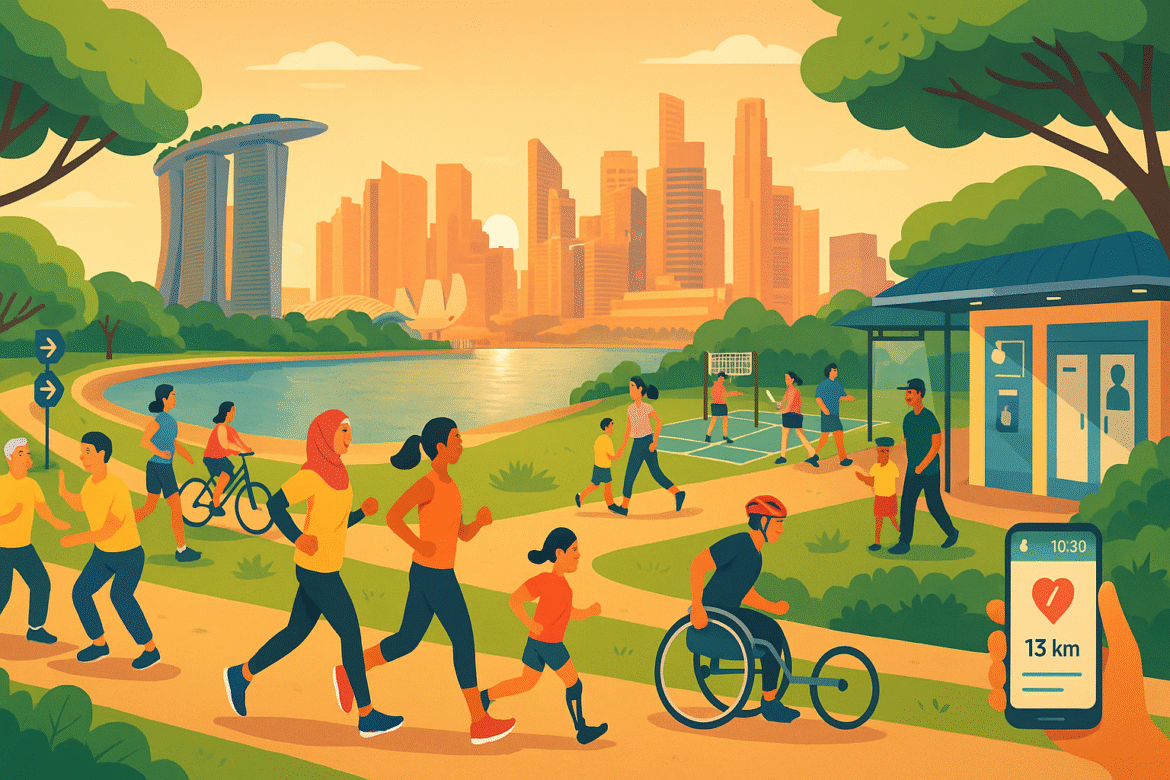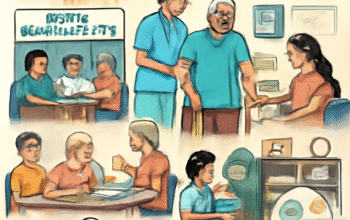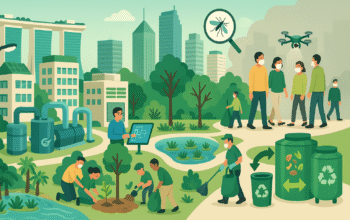Singapore’s success in linking exercise to quality of life stems from treating fitness as an ecosystem. Policies, parks, programs, and people form a feedback loop that encourages regular movement and healthier eating without demanding perfection. It’s a blueprint that many dense cities could adapt.
The landscape invites activity. With park connectors threading through neighborhoods, it’s easy to swap a sedentary coffee catch-up for a stroll or cycle. Public pools, sport halls, and gyms under the ActiveSG umbrella deliver accessible pricing and broad programming—swim classes, group fitness, badminton courts, and more. These offerings are spread geographically, reducing travel friction and encouraging spontaneous participation.
Behavioral science underpins many initiatives. The National Steps Challenge gamifies walking with milestones and rewards, while health coaching nudges sustained habit change rather than short bursts of enthusiasm. Visual cues—signage, floor decals, staircase prompts—push micro-choices in transit nodes and workplaces. Combined with regular community events, this keeps motivation fresh across the year.
Nutrition support complements movement. Healthier choice labels, stall-level tweaks in hawker centres, and culinary workshops help residents upgrade everyday meals. Practical guidance—portion control, sugar swaps, and mindful eating—aligns with local cuisine, proving that better health can coexist with beloved flavors. In schools, canteen standards and PE curriculum reinforce early habits, and inter-school competitions build discipline and camaraderie.
Climate-aware guidance ensures safety. In tropical heat, pacing is essential: morning and evening slots are popular for outdoor workouts; hydration stations and shaded rest points are common in parks; and haze advisories provide alternatives when air quality dips. Sports medicine and physiotherapy services are widely understood, with residents encouraged to manage niggles early through mobility work and progressive training.
Inclusivity is a hallmark. Seniors benefit from balance and strength programs that reduce fall risk and preserve independence, while persons with disabilities access adaptive equipment and trained instructors. Women’s health initiatives address life stages—from postpartum return to exercise to bone health in midlife. Mental health threads through everything: group activities build belonging, and contact with greenery supports mood regulation.
Digital tools keep things organized, not overwhelming. Court bookings, class discovery, and wearable syncing streamline logistics and provide simple feedback loops. Yet the emphasis remains on people: volunteer coaches, neighborhood leaders, and recreation officers create the community that turns a program into a movement.
This ecosystem approach lowers disease burden, supports cognitive function through regular activity, and enhances social cohesion. By aligning infrastructure, incentives, and culture, Singapore positions sport as everyday health care—proactive, engaging, and available to everyone.




